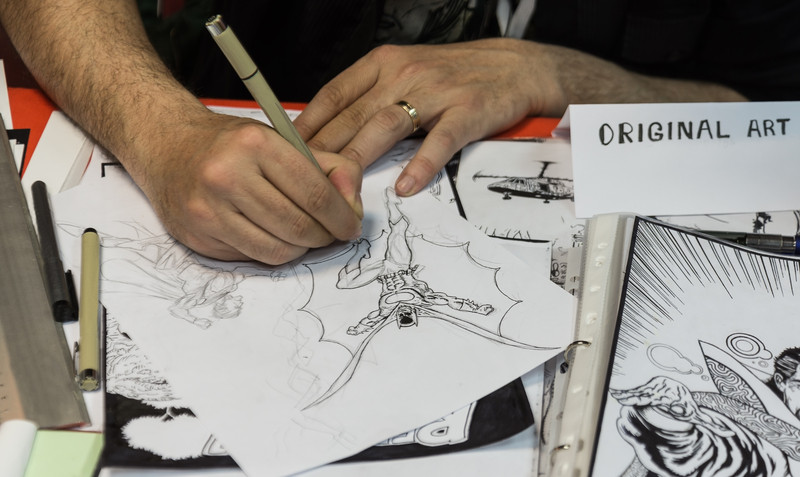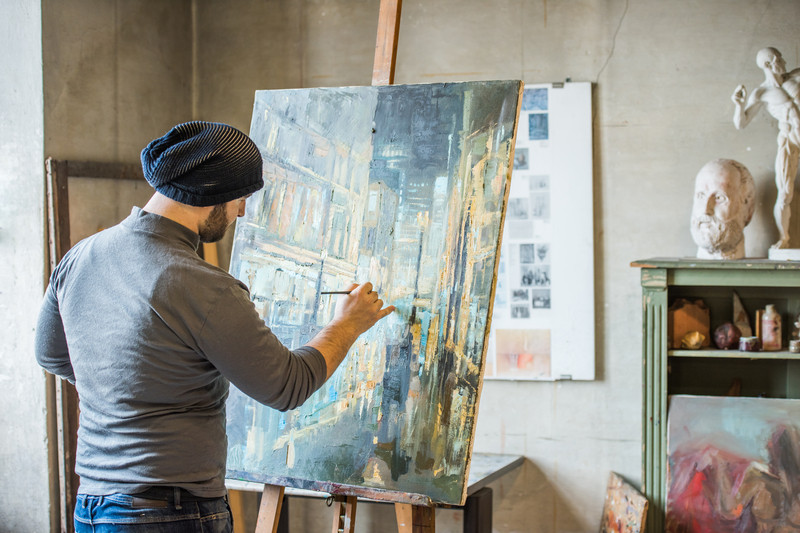What Keeps Custom Tailors Tied Up?
Custom Tailors work on tailored or shaped garments, such as coats and suits for men or women. Those working for established companies deal with customers, design outfits, and make alterations.
Those who start their own business also deal with the administrative and commercial sides of the business. Self-employed Custom Tailors may handle budgets, create marketing campaigns, and hire additional employees.
Some Custom Tailors specialize in one kind of garment, such as coats or wedding gowns. Others may perform one function, such as fitting clothing. They may also supervise other workers.
Custom Tailors sometimes repair or alter garments for their customers. Common alterations include expanding and narrowing the waist and chest of garments and resetting collars. Sometimes they stock fabric in their shops. Otherwise, they get it from another store or use fabric that the customer supplies.
Machines and Tools That Make a Taylor Swift!
Custom Tailors use sewing tools such as measuring tapes, sewing machines, cutting tools, sergers, and various sewing notions. Sewing machines enable tailors to sew pieces of fabric together to make custom outfits quickly, while sergers bind fabric edges to prevent the seams from fraying. Scissors and trimming shears are used to cut fabric, trim loose threads, and make unique cuts.
Skills Needed in Addition to Sewing
Some clients with specific tastes may have trouble communicating what they want, so Custom Tailors should be skilled at intuiting what a customer wants. They need strong interpersonal and communication skills since they interact with clients daily. Besides, since tailoring is a precise art, Custom Tailors should be detail-oriented and have strong hand-eye coordination.
Knowing and Understanding the Customer
The customer’s concept of what makes a perfect fit is going to be as varied as the number of customers. An excellent Custom Tailor knows that the comfort and confidence of the customer come first. You should show each one you want them to be happy. Do you ask your customers questions about what they want? About what kind of work they do? These questions show the customer you are working to find their perspective. You should be able to understand timeless fashion styles and discern them from trends. If your customer is thinking about adding a trendy accent to a classic suit jacket, you should know that.
How to Begin?
Custom Tailors can choose to work for an established company or start their own tailoring business. Some start their businesses immediately by making their clothes and then taking orders from those who like their work. However, some may have to work at related jobs for a few years before becoming a Custom Tailor.
Potential Pros&Cons of Freelancing vs. Full-Time Employment
Being a freelancer offers freedom in regards to flexible schedules, working hours and location. They have full ownership of the business and can afford selectivity in terms of the variety of projects and clients presented. While it has unlimited earning potential, it also has less stability and security, with inconsistent work and cash flow. There is more responsibility, effort, and risk involved. Paid holidays and sick/maternity/paternity leaves become unaffordable. There is the added pressure of a self-employment tax and no eligibility for unemployment benefits.
A full-time employee, however, has access to company-sponsored health benefits, insurance, and retirement plans. They have job security with a fixed, reliable source of income and guidance from their bosses. They are susceptible to potential boredom and inability to pursue passion projects due to their lack of time or effort. There is a lack of flexibility, ownership, and variety, and need to budget extra money for commuting and attire costs.
When deciding between freelancing or being a full-time employee, make sure to weigh the pros and cons of what works best.


















 Accredited
Accredited
































 $50,303
$50,303






















